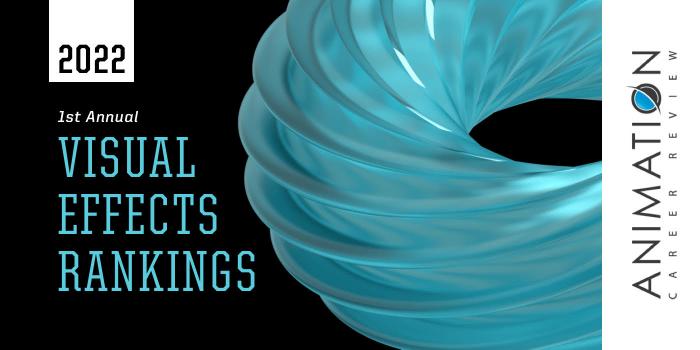Visual Effects (VFX) students at Savannah College of Art and Design (SCAD) have access to more than 800 networked computers and a 60,000 square-foot, state-of-the-art digital media center consisting of a green screen lab, 75-seat in-house theater, and studio environment. Students will create visual effects and animations with premium software such as Pixar's RenderMan and Arnold, Nuke compositing, Autodesk Maya, Resolve, and Substance Painter, and Houdini 3D animation.
At all degree levels, SCAD VFX students receive instruction from award-winning professors who have worked at major studios and on award-winning productions such as Ice Age, The Lion King, and Pocahontas.
The VFX Programs at SCAD are housed in the School of Animation and Motion. Three degree pathways are available: the BFA, MA and MFA. The BFA and MFA are available at the Atlanta and Savannah campuses. The MA is available at the Savannah campus only. The 180 credit hour VFX BFA consists of 75 hours in the major. Students may also choose 10 hours of free electives. An optional internship is also part of the program.
Course examples for the VFX BFA include Visual Effects Studio, Concept Development for Visual Effects, Visual Effects-Based Cinematography, Digital Visual Effects, Survey of Visual Effects, Visual Effects Programming, and Professional Development for Visual Effects.
The SCAD VFX MA and MFA programs are 45 and 90 credit hours, respectively. Students in both programs will take many of the same courses. Examples include Modeling for Visual Effects, Programming Concepts for Visual Effects, and Visual Effects Theory and Application. MA Students will complete the Visual Effects MA Studio, and Visual Effects Portfolio. The MA Graduate Internship is optional. SCAD VFX MFA students will complete Visual Effects Studio I and II: Preproduction & Production, the Visual Effects MFA Thesis, and the MFA Graduate Internship.
Graduates of the VFX Programs at Savannah College of Art and Design are Visual Effects Artists, Technical Directors, VFX Producers, 3D Environment Artists, Lighting Technical Directors, and Digital Compositors, among others.
Around 86 SCAD VFX alumni contributed to 16 Academy Award nominated films in 2020 alone. They have shared Academy Awards for their work on films such as Star Wars: The Rise of Skywalker, Frozen 2, Avengers: Endgame, Toy Story 4, and A Beautiful Day in the Neighborhood. Graduates have been recruited by major film and VFX studios such as Blizzard Entertainment, Disney, Pixar, Blur Studio, DreamWorks Animation, Shade VFX, Pixomondo, Microsoft, and Blur Studio.
Savannah College of Art and Design is accredited by the Southern Association of Colleges and Schools Commission on Colleges (SACSCOC). The school opened in September 1979 with just 71 students, one classroom, and an administration building. Today, SCAD serves more than 15,000 students across campuses in Atlanta and Savannah, Georgia, and Lacoste, France. Offering more than 100 degree programs and over 75 minors and certificate programs, Savannah College of Art and Design has more degree programs and specializations than any other art and design college in the U.S.







